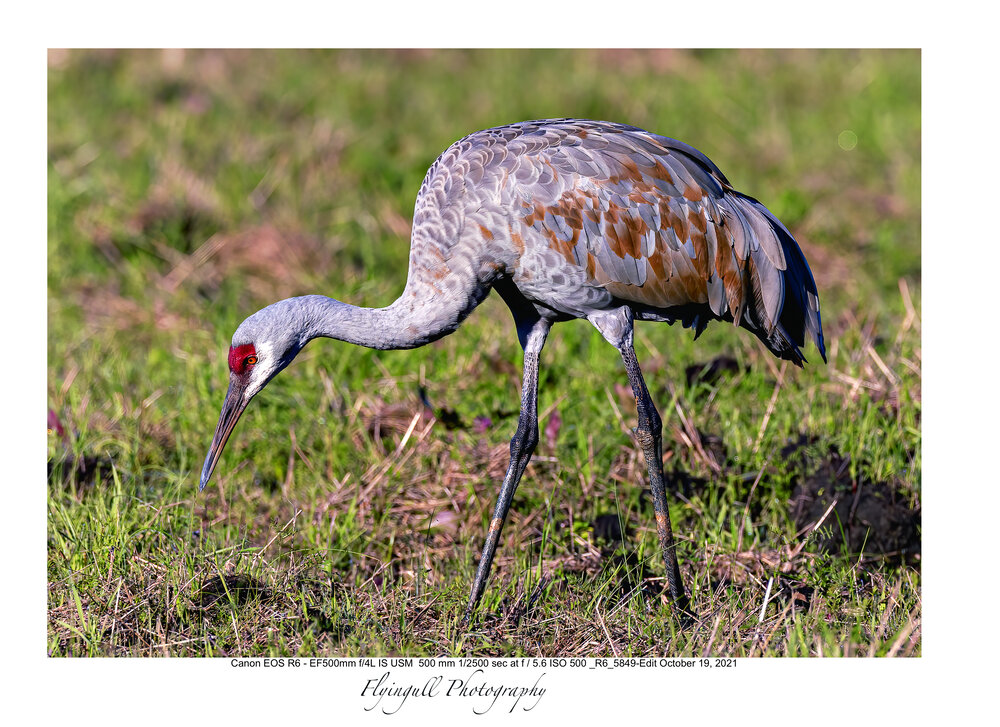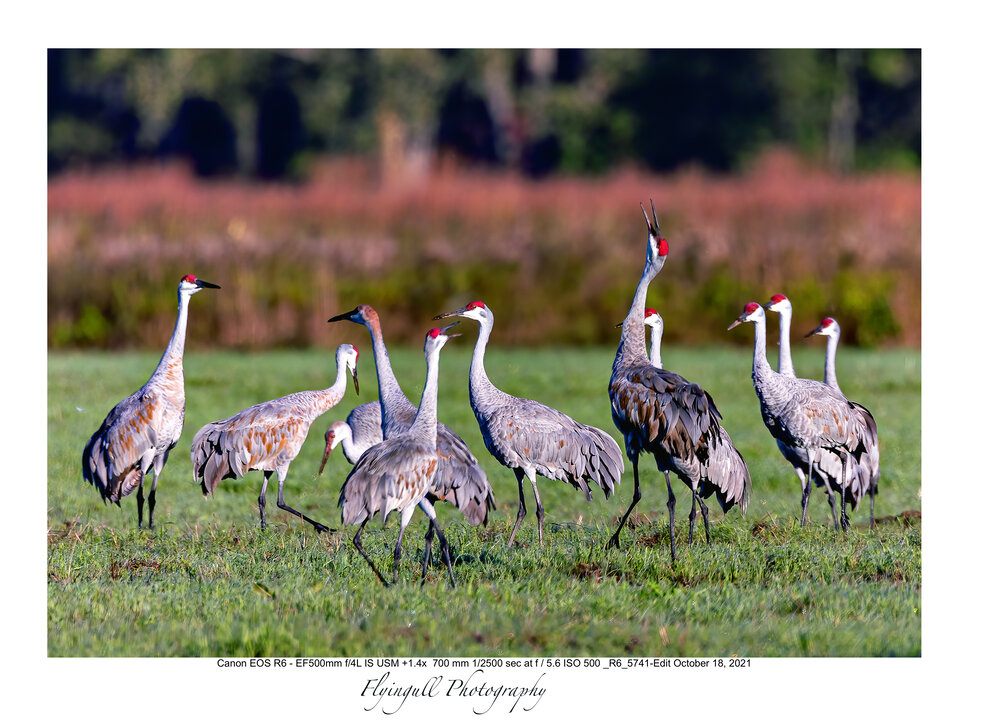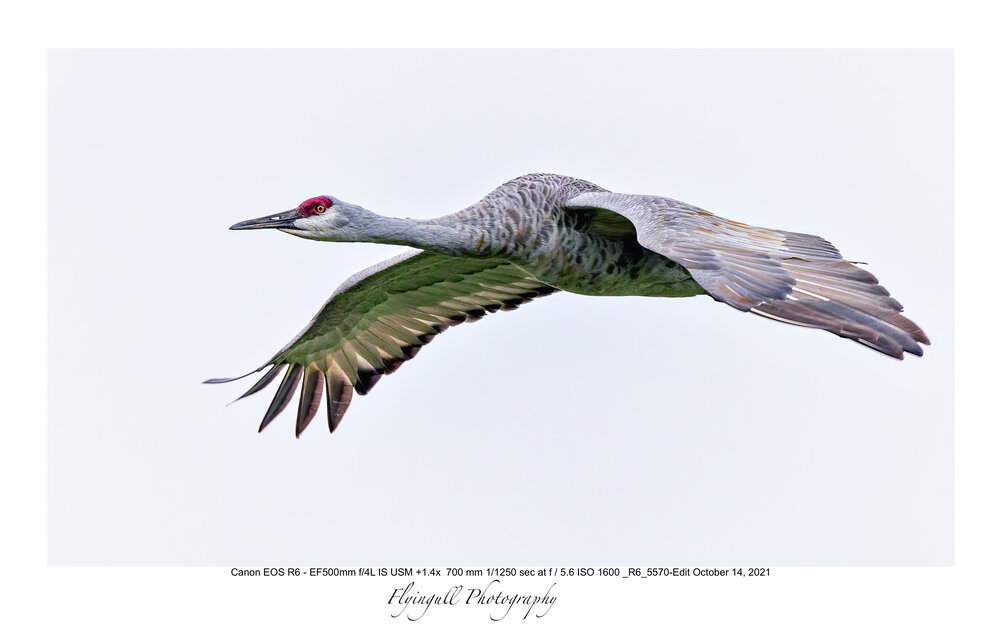Sandhill crane fall migration through Pulaski County
MEDARYVILLE, Ind. -- Spanning two counties, the Jasper-Pulaski Fish and Wildlife Area becomes the pit stop for thousands of sandhill cranes on their fall journey south. Although this land is essential for the species' survival, many people don't even know about this hidden gem in Michiana's backyard.
Cooler temperatures are settling in over Michiana, and that means animals are getting ready for migration or hibernation, including sandhill cranes.
They're a noisy bunch as they gather each morning and evening in the protected fields of the wildlife area. The honking continues from September through December each year, as more cranes continue to show up to socialize and gather food.
"About 25,000 birds will show up later in November," photographer Bob Jakubowicz told me.
"That has to be very loud," I replied.
"Yes, it's very loud!" he laughed. "It's very, very loud."
The noise isn't enough to drive bird lovers or photographers, like Jakubowicz, away - in fact, it draws them in. His favorite part?
"When they're coming in the morning, and the sky just almost turns black with birds," he described. "They're all bugling at the same time. It's just an amazing sight to see."
Unfortunately for those who love the cranes, it's a sight that's becoming more rare. Cranes flock to areas like this year after year because the wetlands are where they sleep at night. Farmland surrounding the park's marshes are a great food source for the birds during the day.
Recently, crane numbers have struggled. Many of their wetland homes have been, or are being, destroyed - like the Grand Kankakee Marsh.
Jasper-Pulaski, however, is doing just fine, and that means even more even more birds stop by Michiana for a visit each fall.
A large part of the park grounds are protected refuge, meaning people can't walk over cranes' home.
The park knows visitors want to see the cranes gathering in masses, so they built a special viewing tower just outside of the refuge. You'll see signs guiding you to the tower as you drive through the park, or you could just roll down your window and listen for the honking of the cranes to guide you there.
As you climb the stairs or ascend the ramp to the top of the tower, you might notice that you're still rather far away from the birds. They are wild animals after all, so you want to keep your distance to keep both yourself and the cranes safe.
Despite the distance, this is still a great platform to view them. Bring your binoculars from home, or use one of the free spotting scopes mounted on the deck of the tower, to get a closer look at the cranes.
Using the spotting scope, I was able to see the little red patch on the birds' foreheads, watch them splash in the puddles, and observe just how tall they are. From far away, the birds look small, but in actuality, each one is about four feet tall.
One bird by itself is impressive, but seeing the entire field full of birds looks like something that surely doesn't belong right here in Michiana. This is what keeps people coming back to the park over time - it truly was a breathtaking experience for me.
Jakubowicz told me he's been visiting and photographing the cranes for over five years now. He knows the trick is to either visit early, or later in the day.
"You want to get out here in the morning, about sun up, because the birds seem to fly in from their roosting spots," he explained. "Get here before sun down. They like to come here and socialize, and then they leave and go out to their roosting spots in the marshes."
To check out all of Jakubowicz' photos of the birds, check out his website for Flyingull Photography.
Indiana DNR, who operates the park, provides weekly counts of the birds. The numbers are updated each Tuesday on their website. For the first week of November, numbers were way down in 2021 compared to this time in 2020. This may be due to recent rain and flooded fields.
Numbers typically rise through late November into early December, so this is still the best month for you and your family to view them. Numbers begin to drop off after this once the marshes start to freeze.
Yes, it will be cold to visit on an early November morning, but the more birds, the more breathtaking the sight.
To help the number of birds, DNR suggests to stay 200 yards (or two football fields) away from them when you visit. This is done safely by not passing the viewing tower.
It's here, just in front of the tower, that you'll find a visitor station. It is free to visit, but birdwatchers are required to sign in at this station.
If you see someone bothering the birds, or even poaching the birds, report it to Indiana DNR by contacting them at 1-800-TIP-IDNR (1-800-847-4367).
If you enjoy watching the birds, and want to continue watching them for years to come, DNR also encourages you to ask your state or local legislators to support wetlands conservation.
After their visit in Pulaski County, Indiana, the cranes eventually fly to the warmer southern states for the winter. They'll return in the spring, but many say that the fall migration is more impressive for birdwatching.
The cranes are able to find the same park year after year, but if you haven't found this spot yet, this is a perfect month to visit.
"Just come on out!" Jakubowicz encourages. "Enjoy the day out here, and enjoy the birds."
Additional information about Jasper-Pulaski Fish and Wildlife Area, including a park map, can be found here.

















